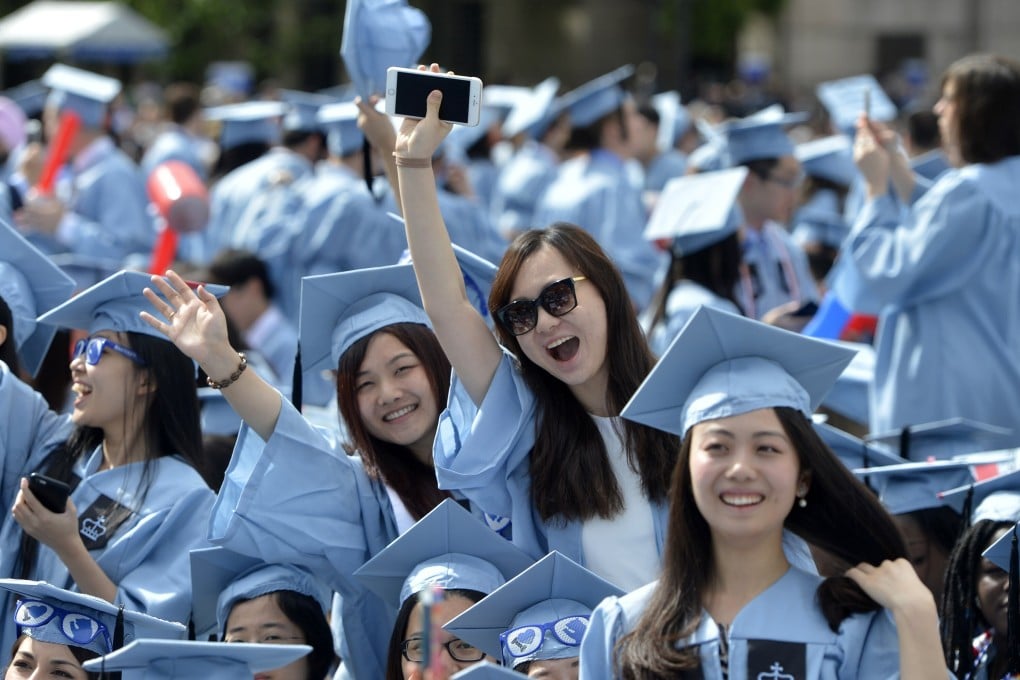Chinese student growth in US slows amid political tension
- Chinese student growth was up 0.8 per cent for 2019-2020, half the prior year’s rate and a sharp slowdown from the 23.5 per cent rise seen a decade ago
- Tensions between the two nations has intensified, visa rules have tightened and more mainland students have become targets of FBI investigations

The number of Chinese students studying in the US grew at its slowest pace in more than a decade during the 2019-2020 academic year as tensions between the two nations intensified, visa rules tightened and more mainland students became targets of FBI investigations.
According to an annual snapshot by the US State Department and the Institute of International Education (IIE), based on data before the pandemic hit, China remained the largest source of foreign students in the US with 372,532 or 35 per cent of the total, far outpacing India and South Korea.
Chinese student growth was up 0.8 per cent for 2019-2020, half the prior year’s rate and a sharp slowdown from the 23.5 per cent rise seen a decade ago.
“America’s not the utopia that it once was for Chinese students,” said Lenora Chu, author of Little Soldiers: An American Boy, a Chinese School and the Global Race to Achieve. “The most visceral for a Chinese student deciding where to go abroad over the last few years is the Trump administration’s anti-China rhetoric and the growing difficulty in securing visas and staying after graduation as well as the perception that one could get shot walking down an American street.”
A separate “flash” survey of the fall 2020 enrolment – which did not break out China separately but does reflect Covid-19’s impact – found high deferral rates, a 43 per cent drop in foreign student enrolment and redoubled efforts by universities to attract overseas candidates, particularly from Asia.